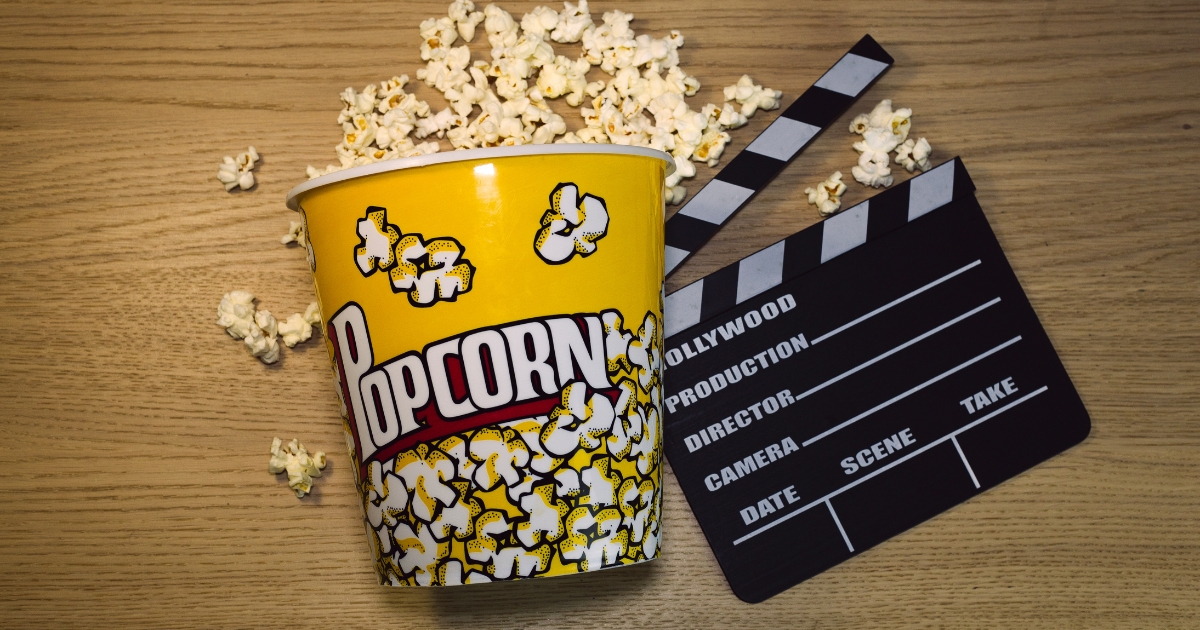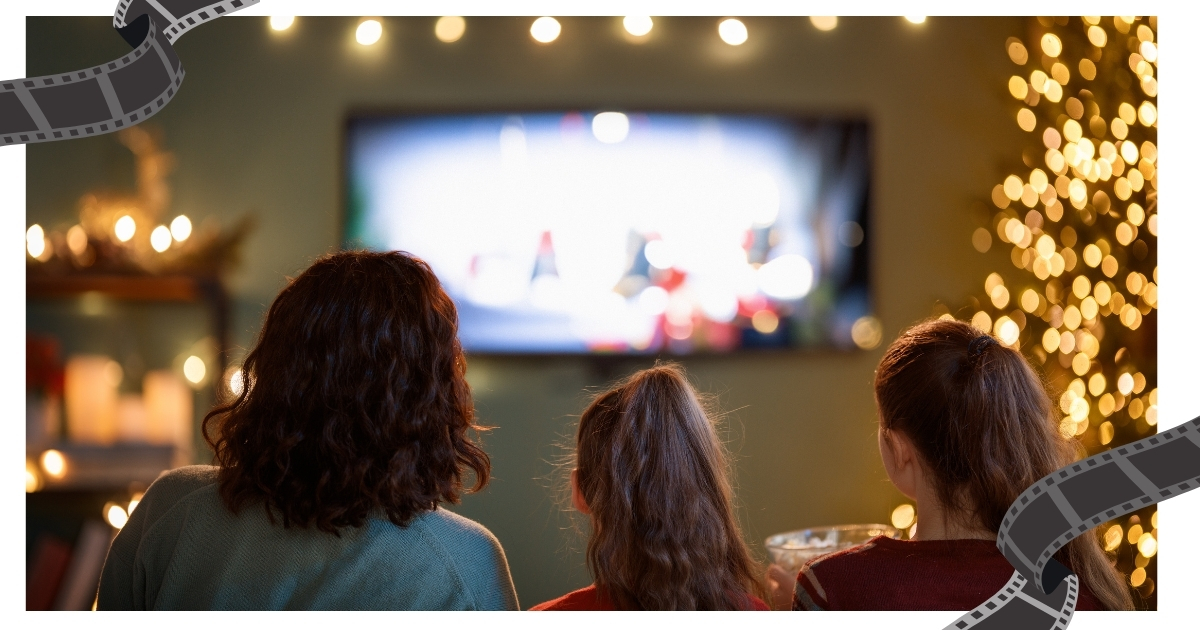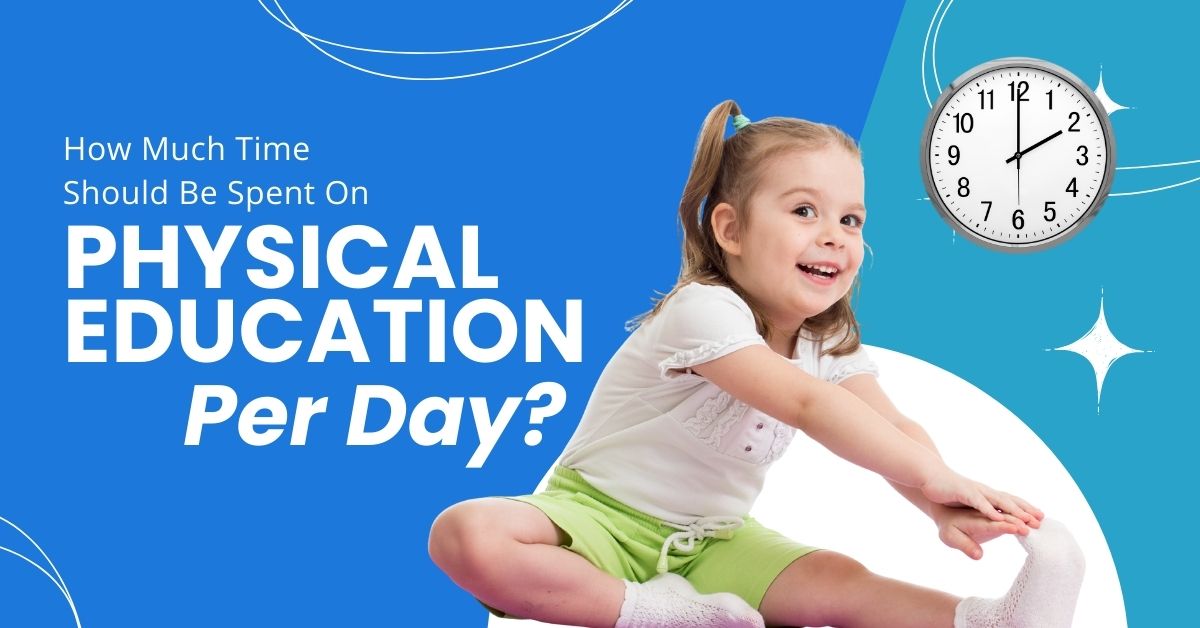Homeschooling opens the door to creative and personalized ways of learning. Adding movies to your homeschool routine is a fantastic way to enhance lessons, make learning more engaging, and appeal to different learning styles. Whether you’re exploring history, science, literature, or critical thinking, using films as teaching tools can bring concepts to life while keeping your kids excited about their studies.
Here’s how to incorporate movies into your homeschooling for maximum benefit.
Benefits Of Using Films As Teaching Tools
Movies can offer more than just entertainment. Here are some key benefits of integrating them into your homeschool curriculum:
- Engaging visual learning: Movies present information in a way that’s visually stimulating, making it easier for kids to understand and remember ideas.
- Context for abstract concepts: Sometimes, textbooks can’t quite capture the emotional or social nuances of a concept. Films help children see real-world applications, such as historical events or scientific principles in action.
- Cultural exploration: Movies expose students to different cultures, traditions, and historical periods, fostering empathy and global awareness.
- Critical thinking development: Analyzing characters, themes, and storytelling elements in movies gives students the chance to sharpen their critical thinking and discussion skills.
- Breaks from traditional learning: A movie day can be a welcome change from textbooks and worksheets while still being an educational experience.
By making movies a part of your homeschool strategy, you’re not just filling time; you’re adding depth and engagement to your teaching.

Educational Movies For Homeschooling
The key to successfully using movies is choosing the right ones. Plenty of educational films are available that cater to different subjects and grade levels. Below are some recommendations organized by topic to get you started.
History and Social Studies
- “Hidden Figures” (2016): A gripping look at the African American women who worked behind the scenes at NASA during the Space Race.
- “The Boy in the Striped Pajamas” (2008): A heartfelt perspective on World War II and the Holocaust.
- “Harriet” (2019): This inspiring film tells the story of Harriet Tubman’s brave fight for freedom and justice.
- “The Patriot” (2000): A dramatic depiction of the American Revolution that can open discussions about perspective in history.
Science and Nature
- “March of the Penguins” (2005): Learn about the life cycle of emperor penguins, narrated in a way that captivates all ages.
- “The Theory of Everything” (2014): Introduces older students to the life of physicist Stephen Hawking, along with big scientific ideas.
- “Cosmos” (2014): This documentary series (available in episodes) dives into astronomy, physics, and the mysteries of the universe.
- “Our Planet” (2019): Stunning visuals and thorough explanations of ecosystems and conservation. Perfect for nature studies.
Literature and Storytelling
- “The Chronicles of Narnia” series (2005, 2008, 2010): Based on C.S. Lewis’s beloved fantasy books, these movies help students draw connections between literature and film.
- “To Kill a Mockingbird” (1962): A dramatic adaptation of Harper Lee’s classic, providing opportunities for discussions on morality and justice.
- “The Secret Garden” (2020): A touching story to pair with the corresponding book for younger kids.
- “Les Misérables” (2012): While more appropriate for older students, this film (or stage musical) is an engaging complement to 19th-century literature studies.
Art and Creativity
- “Frida” (2002): A colorful glimpse into the life of artist Frida Kahlo, fostering a discussion about her art, resilience, and influence.
- “Ratatouille” (2007): Fun for all ages, this Pixar classic touches on themes of creativity, perseverance, and following one’s passions.
- “Singin’ in the Rain” (1952): A family-friendly introduction to filmmaking and the transition from silent movies to talkies.
Other Great Picks by Age
- Elementary: “Charlotte’s Web” (2006), “The Magic School Bus” Series, “The Peanuts Movie” (2015)
- Middle School: “The Martian” (2015), “Wonder” (2017), “Apollo 13” (1995)
- High School: “Good Will Hunting” (1997), “Schindler’s List” (1993), “Dead Poets Society” (1989)
Taking the time to match a movie to your teaching goals ensures both entertainment and education.
Movie-Based Learning Activities For Homeschoolers
While watching a movie on its own is already beneficial, you can deepen the learning experience with proactive, movie-based activities. These ideas will encourage your kids to think critically, apply what they’ve learned, and engage with the material in fresh ways.
Before Watching
- Introduce the context
Share some background about the film’s topic, whether it’s the historical timeline, the setting of a novel, or the scientific concept. This can include a short reading, a map, or a related video clip. - Set learning goals
Ask your kids to think of questions they want answered during the movie. For example, “What was life like in the 1800s?” or “Why did the main character make certain choices?”
During Watching
- Note-taking prompts
Give your child a list of items to observe, such as key events, characters’ decisions, or dialogue that reveals themes. For younger children, focus on simple prompts like identifying colors, animals, or songs. - Pause for discussions
Stop the movie occasionally to discuss what’s happening and how it connects to your lesson. For example, pause during a historical film to analyze whether the portrayal is accurate.
After Watching
- Creative projects
Have your child develop something inspired by the movie. For younger kids, this could be drawing a favorite scene or character. Older students could create posters, build dioramas, or record short presentations analyzing the film’s impact. - Discussion and reflection
Ask open-ended questions to encourage deeper thinking:- What did you learn from this movie?
- How did the filmmakers convey emotion or tension?
- Was there anything that challenged your opinions or surprised you?
- Writing assignments
Use the movie as a writing springboard:- Summarize the movie or rewrite its ending.
- Compare it to a book it’s based on.
- Write a movie review critiquing performances, visuals, and accuracy.
- Research and comparisons
Encourage older kids to research the events or themes from the movie. Did the filmmakers take creative liberties? How does the story differ from real life? Comparing the movie to other depictions of the same subject can also be illuminating.
Additional Activities That Pair Well with Movies
- Map work
Track where events in the movie happen. For instance, after watching “Around the World in 80 Days,” map out Phileas Fogg’s route. - Timeline creation
For historical movies, create a timeline of events to provide more context and clarity. - STEM experiments
Bring movies like “The Martian” or “Apollo 13” to life with related science experiments, such as replicating space travel concepts.
These activities help cement what your kids learn through movies and push them to explore topics from different angles.
Practical Tips for Using Movies Effectively
Using films as teaching tools is most effective when it’s intentional. Here’s how to get the most out of your movie lessons:
- Screen the movie in advance
Watch the movie yourself before showing it to your kids to ensure it’s age-appropriate and aligns with your learning objectives. - Limit screen time
Avoid overloading your kid with movies. Instead, pick one or two a week that complement your curriculum. - Create a balance
Supplement movies with readings, hands-on activities, and discussions to help your child connect the concepts. - Consider subtitles
For language learners or younger kids, add subtitles to promote vocabulary skills. For international movies, they’re essential for understanding cultural nuances. - Engage the whole family
Turn movie time into a family event where everyone participates and discusses the themes afterward.
Using Movies to Foster Curiosity
At its heart, homeschooling is about planting seeds of curiosity. Movies are more than just a way to deliver information; they’re a way to spark big questions, build empathy, and inspire creativity. They can transport your kids to places they’ve never imagined, challenge their perspectives, and provide memorable experiences tied to their education. By equipping your homeschool toolbox with thoughtful movie choices and complementary activ





